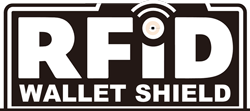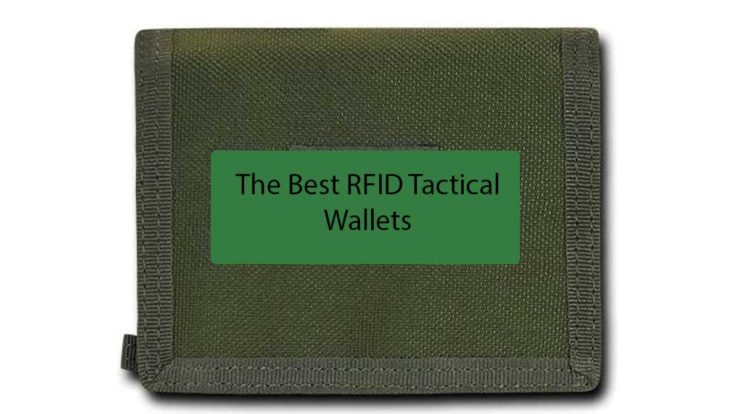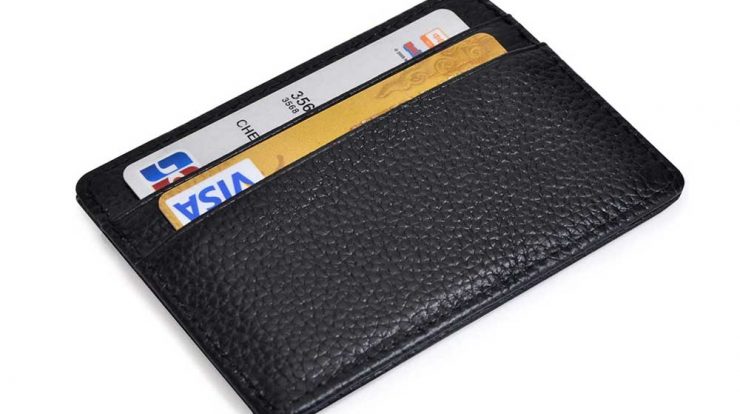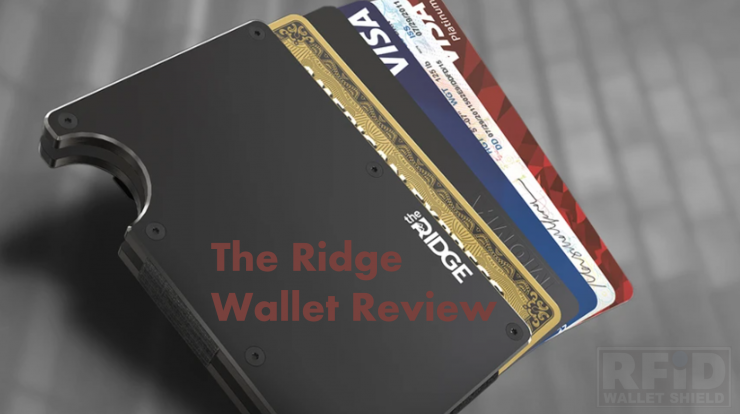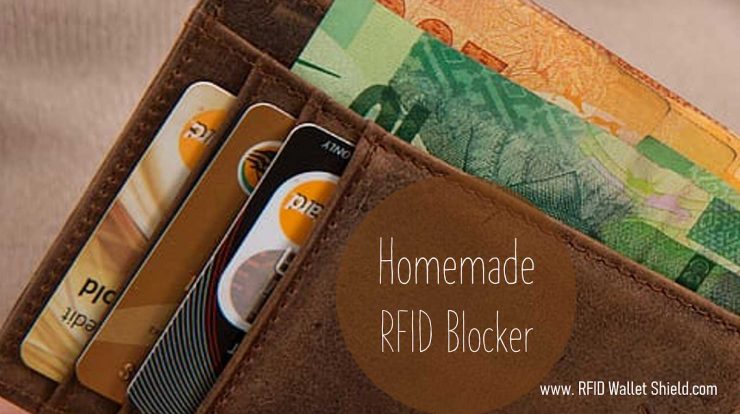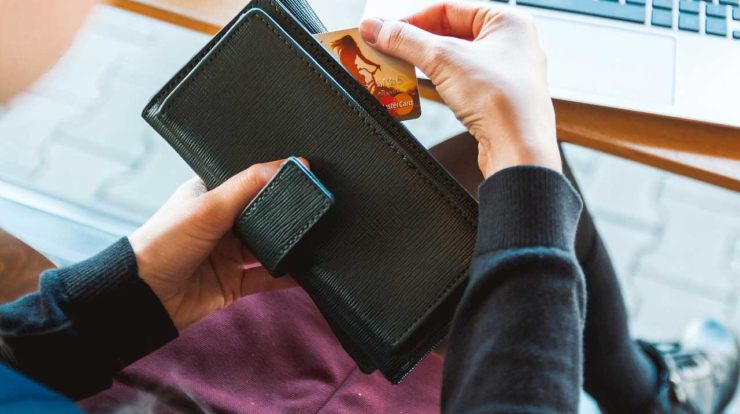
There is a lot of talk about the RFID blocking technology that exists today, what do RFID wallets do and questions about whether or not RFID Protection is really Necessary?
First I will start by explaining ‘What does an RFID Wallet do?’
RFID wallets are specifically designed to insulate you from a particular type of electronic pickpocketing, called RFID skimming. This is where your RFID enabled card is activated, by an RFID reader remotely, within close proximity where cyber pickpockets intercept personally identifiable data transmitted by your card wirelessly.
Enabling these criminals to verify your identity and or make purchases without swiping your card.
Where are RFID chips used?
An RFID chip is embedded in some badges, IDs, passes, and payment cards. RFID stands for “Radio Frequency Identification”.
The RFID chip contains data that passively respond to special short-range radio waves.
Your metro card, badge at work and passport all use RFID chips. As a matter of fact, Several years ago, in the U.S., credit card companies started using RFID chips in their cards.
At that time, many U.S. news outlets reported on the threat of ID theft through the use of RFID skimmers.
Basically, security experts showed how someone with an RFID skimmer in a jacket or bag might be able to activate the RFID chips on your card and collect your personal data.
It was pretty convincing and generated demand for RFID protection in wallets and bags.
Many wallets and purse manufacturers create RFID versions of their products and generally charge a premium for it.
Even one of my favorite companies, Bellroy, Ridge and Fossil now have RFID options for many of their wallets, passport cases and bags. But the question is: “Is it really necessary?
Is it really necessary? RFID Blocking Protection
How real is a threat of RFID skimming? The answer to this question generally depends on where you live.
In the U.S., it’s not really an issue. There aren’t really any recorded cases of RFID skimming even though it is a real thing.
We are not one hundred percent sure why it is so, is it because the risk of RFID skimming does not exist on a large enough scale, the banks are covering up this sort of crime by refunding the money quickly before you get a chance to report it.
The banks tend to quickly refund money that you can prove you did not spend because it is outside of your typical spending pattern.
Alternatively, it is likely due to the fact that there are so many easier ways to steal money and data in a less risky fashion.
“Less risky ways criminals can steal your money”.
There are less risky ways in which skimmers may steal your money without skimming your charge cards. This involves tampering ATMs or fuel pumps in order to steal your confidential information.
Why A Move To EMV Chips?
And more importantly, since 2012, most credit card companies in the U.S. adopted the EMV security standard and quietly moved away from the old RFID standards.
EMV stands for “Europay MasterCard and Visa”, and it uses the chip that is now standard on most credit and debit cards used in the U.S.
Countries outside of the US, basically, the rest of the world has, for a number of years now, been using “chip and pin” as an enhanced method of security against skimmers.
It is only in the past few short years ago that the U.S. has adopted the EMV standard.
Is the EMV chip vulnerable to radio skimming?
As recent as 2017, the majority of chip-enabled credit cards in the U.S. are “chip and signature”, and not “chip and pin.” So you might be asking: “Isn’t the EMV chip vulnerable to radio skimming?” The answer is no.
The EMV chip requires direct contact to the reader so it can’t be skimmed by a reader. In addition, it does not respond at all to radio signals, so you can’t skim the chip like you can with RFID. This is one for the good guys and nil for the bad guys.
Even though we’ve moved in the right direction, this does not mean that there aren’t other cards that still use an RFID chip.
In the U.S. of A, you can still find them in many IDs, metro passes, and work passes and badges that still use this old technology.
Also, they’re still in use in most passports and some drivers licenses. So, for most U.S. residents, in terms of protecting your money on your cards, RFID protection is unnecessary – very low risk.
RFID protection may be unnecessary in the States because it is low risk, there are much simpler and easier ways to get to your hard-earned money.
It’s possible that a thief could steal the information stored on your passport or ID, but the value of the information is questionable and it’s just more likely that they would focus on easier targets.
For our European brothers and sisters, RFID protection is worth considering, especially since contactless payment cards are still being used and promoted.
Most are restricted to small purchase amounts like under 30 pounds but do not require a pin to complete the transaction.
What Does RFID Wallet Do, Is It Worth Paying Extra For RFID Protection? Here are a few things to consider
So, here are some things to consider when determining whether it’s worth paying extra for RFID protection.
#1: Is your card RFID enabled?
Check your current credit and debit cards. Look for one of the following symbols indicating that it’s enabled for contactless payments.
It’s not common for cards to have them any more in the U.S., but they are popular in Europe and other parts of the world.
#2: Buy an RFID wallet sleeve instead of a wallet
If you feel like you need protection for one or two cards, consider using a sleeve rather than buying a brand new wallet.
It’s cheaper to buy an RFID sleeve as it doesn’t add much more bulk to your wallet or purse. If you prefer you could buy the RFID wallet.
# 3: Get a non-contact less card if available by your card issuer
For those of you with a contactless payment card, you may want to consider asking the bank or issuer whether you can opt out of the scheme.
This is done by asking your issuer to provide you with a non-contact less card and they will provide you with a traditional card with stripe and EMV chip.
#4: Do you have a contactless payment card in your wallet or purse? If you do, you may require RFID protection
Remember that in Europe contactless cards are quite popular. These are cards that allow you to pay without using the chip and pin.
These cards definitely need RFID blocking protection. You can consider any of the wallets reviewed on this site.
Final thoughts on What Does RFID Wallet Do?
Just ask yourself a few questions, Do you have a contactless payment card in your wallet or purse? If so, you are in the right place and may want to use RFID protection to keep you safe from skimming.
The power in the RFID reader powers up the RFID chip in your charge card causing it to send personal data back to the reader.
The RFID blocking wallets block the transmitted signal power of the RFID reader, preventing the chip in the RFID card from being powered up cause the info stored on the card to be read by the card reader.
On this RFID wallet site, I share with you, ‘what does RFID wallet do?’ and some of the best RFID products on the market. Hope you like our reviews.
